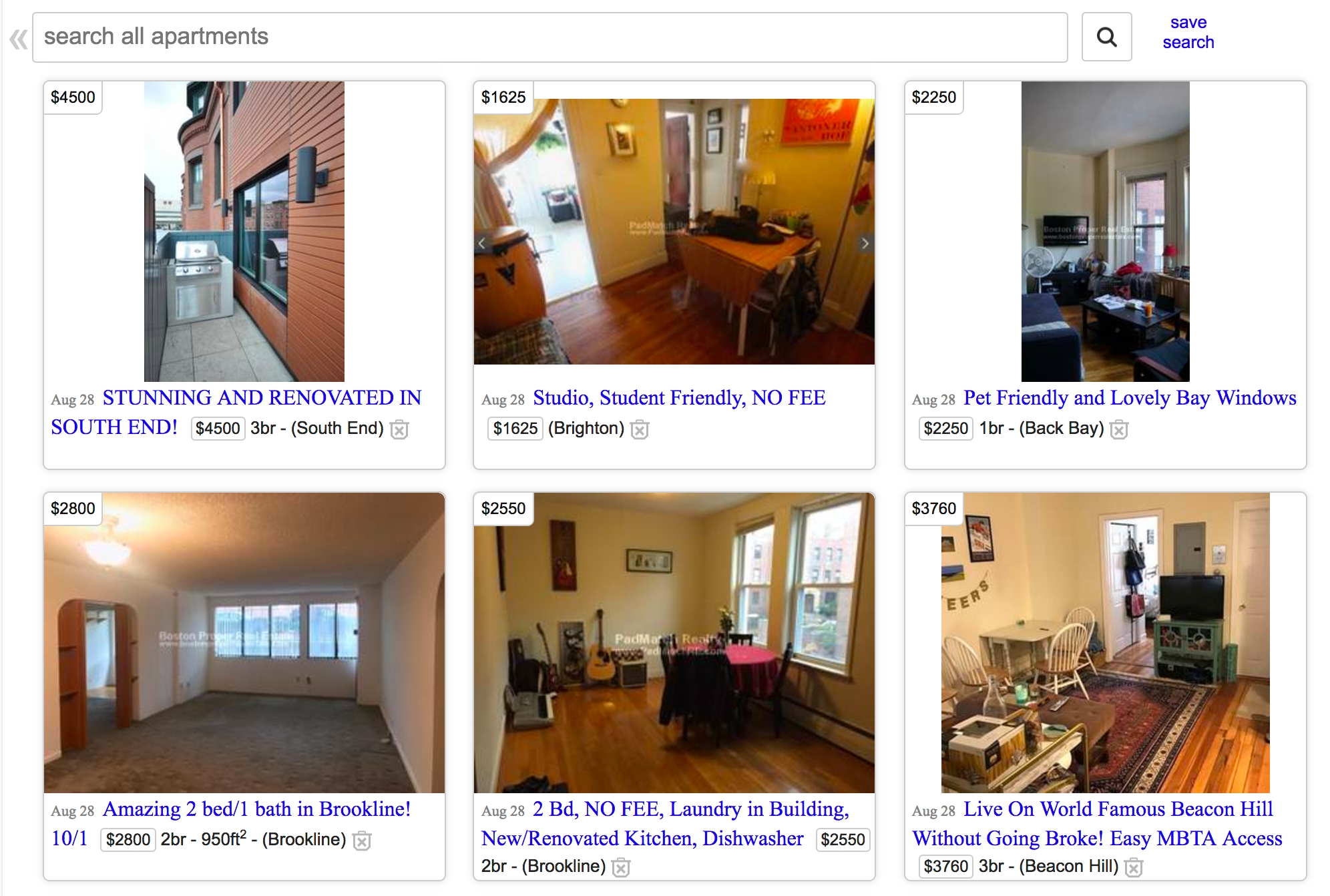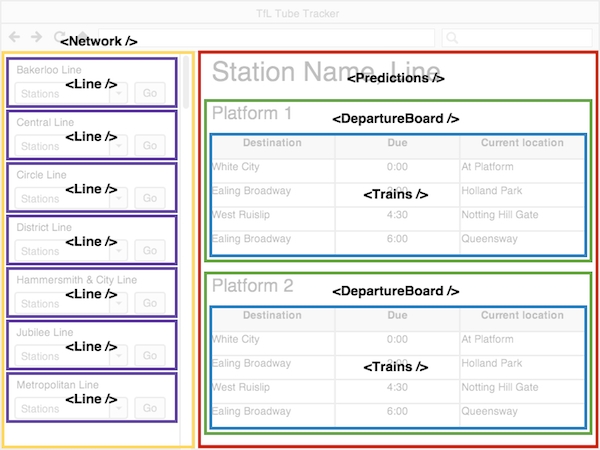Components and JSX
 Components and JSX
Components and JSX
Learning Objectives
After this lesson, you will be able to:
Identify and define React components
Describe why we use components in React
Build a React component
Describe JSX
Components
The basic unit you'll be working with in ReactJS is a component. Components are pieces of our application that we can define once and reuse all over the place.
For an intro to components, watch this video (note: right click to open in a new tab!).
If you're used to writing out all of a page's view in a single HTML file, using components is a very different way of approaching web development.
With components, there is more integration and less separation of HTML, CSS, and JavaScript.
Instead of creating a few large files, you will organize your web app into small, reusable components that encompass their own content, presentation, and behavior.
When using React, building components will be your main front-end task.
Because they're so encapsulated, components make it easy to reuse your code, test, and separate concerns.
Identifying Components
Take a look at CraigsList (note: right click to open in a new tab!).

Each listing is a component. How can you identify this?
Listings look identical in structure, but have different information populating them
Listings are dynamically generated based on the user's search
Now, go to Amtrak.com (note: right click to open in a new tab!). We want to look at the listing page, so put in any "From" (for example, New York - Penn Station), any "To" (for example, Boston - South Station), and pick any date. Hit "Find Trains".
Now take a look at the listing page. Scrolling down it, identify the visual "components" the website is comprised of. We suggest drawing this out on paper! So something like this...

As you're drawing this out, think about the following questions...
Where do you see "nested components;" that is, where are there components inside another component? Where do you see just one "layer" instead?
Are there any components that share the same structure?
For components that share the same structure, what is different about them?
So -
What does a component look like? Let's start with a simple "Hello World" example...
Code along: A Very Basic Component
In this section, we'll walk through:
Removing the pre-filled contents of your
hello_worldapp.create-react-appfilled your app with sample content - let's make room for your app!
Adding your own component definition.
You want the app to display the words "Hello World!"
Going through what we've done in detail!
To start, remove the entire contents of the src/App.js file.
Then, add the component definition below - and yes, we know there are no semicolons here. Industry standards for React are to use semicolons as little as possible!
With that said, many companies have their own programming style guide. While many companies don't use semicolons in React, some companies do - for example, AirBnB. It's important to check with your company for their practices!
Let's break down the things we see here...
import React, {Component} from 'react'
This imports React methods and the Component class from the React library.
class Hello
This is the component we're creating. In this example, we are creating a component and calling it "Hello."
extends Component
We inherit from the Component React library class to create our component definitions. Here, we are creating a new Component subclass called Hello.
Because it extends (also known as inherits from)
Component, ourHelloclass gets to reuse code and capabilities fromReact.Component.
render()
Every component has, at minimum, a render method. The render method is what renders the component to the screen, so it controls what is displayed for this component. From this function, we return what we want to display.
In our case, we are rendering a "Hello World!" heading:
<h1>Hello World!</h1>.
Note! That heading tag above looks like it's straight out of HTML, but it's actually a special language called JSX, which you'll see on the next page. For now, know that JSX will act like HTML when it's rendered to the screen.
export default Hello
This exposes the Hello class to other files. This means that other files can import from the App.js file in order to use the Hello class. In our case, we'll be importing it into index.js by calling an import to App.js.
When we try to import something from App.js, JavaScript will attempt to match a named export.
Our only named export in
App.jsisHello.
The default keyword means that if we try to import anything from this file that the app can't find, JavaScript will automatically revert to importing Hello instead.
Only one default export is allowed per file.
Check it out!
If you switch to your browser and navigate to http://localhost:3000, you can see your "Hello World!" heading. This app dynamically reloads each time you save, so you can check your changes at any point.
Wait - What's that HTML doing in my Javascript?
This is currently the contents of our src/App.js file:
Let's talk about the value that the render method returns. It looks an awful lot like an HTML heading, but it's not. We often write out React components in JSX.
Wait, what's that? Try it yourself alongside this video in this codepen (note: right click both links to open in a new tab!)
So, JSX allows us to write code that strongly resembles HTML. It is eventually compiled to lightweight JavaScript objects.
Your Hello component's render method:
Currently returns JSX, not HTML.
The JSX creates a heading with
'Hello World!'.Your component reads this and renders a "Hello World!" heading.
React can be written without JSX. We won't be doing this, but if you want to learn more, check out this blog post (note: open in new tab!).
Greet the day!
Change your
Hellocomponent to return multiple lines.Add a line below the "Hello World!" heading that will display
"It is time for tea."in anh3. What happens?
The return statement in
rendercan only return one DOM element! There are two optional fixes:Wrap your lines in a semantic block container like
divormain
Wrap your lines in a React Fragment
Investigate!
Try both of these versions (with a div and with a frament) and use the dev tools to inspect each one. What's the difference between wrapping the lines in a div and wrapping them in a fragment? How does this choice effect the dom tree?
Nesting components:
We Do: Create a kitten component
Create a component that returns a placekitten image. Import it into App.js and render it under the h3 in the Hello component.
You Do: Create a quote component
Create a component that returns a quote. Import it into App.js and render it under the kitten component.
Last updated
Was this helpful?